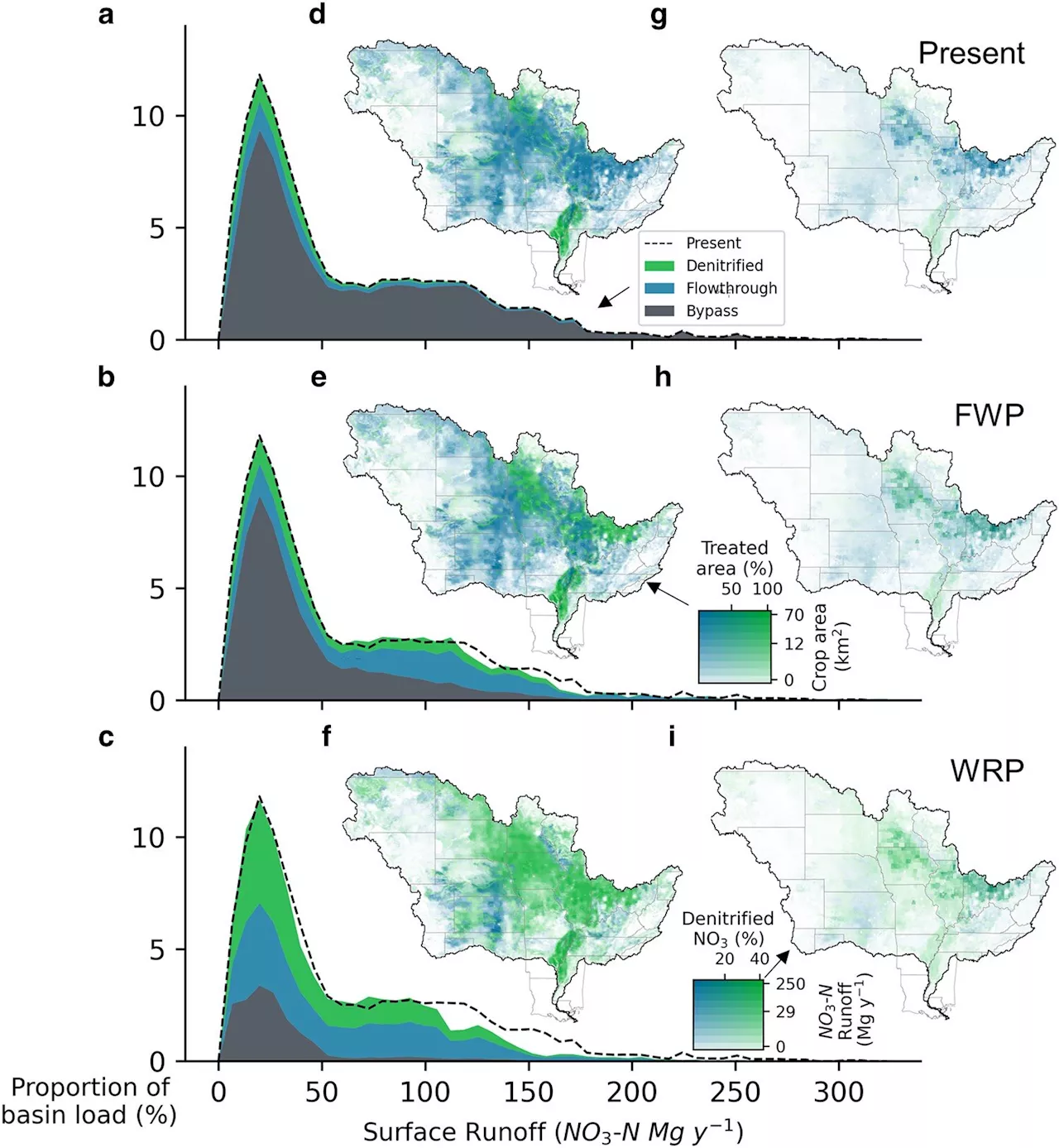A new study sheds light on how parasites, often overlooked, can dramatically affect the balance between predator and prey populations. Researchers developed a groundbreaking mathematical framework that predicts when predators, prey, and parasites can coexist, considering factors like random fluctuations and parasite effects on both populations.
This research provides a valuable tool for conservation by helping predict how parasites influence ecosystem resilience and informing strategies to protect vulnerable species.sheds light on how parasites influence the intricate relationships between predator and prey populations.
The study revealed that stochasticity, random fluctuations in population sizes, plays a significant role in determining whether species coexist or go extinct, particularly at the boundary between these states. "Our findings provide a valuable foundation for understanding how these systems evolve over time," concludes Dr Weini Huang. The team have developed a further study built upon this framework by incorporating the evolution of key parameters, such as reproduction costs and infection probability, under the combined influence of ecological and evolutionary pressures."
Ecology Research Pests And Parasites Wild Animals Ecology Exotic Species Environmental Awareness Ecosystems
United Kingdom Latest News, United Kingdom Headlines
Similar News:You can also read news stories similar to this one that we have collected from other news sources.
 Researchers Discover Evolutionary Tipping Point Affecting Fungi Growth and Shape DiversityResearchers have found an evolutionary tipping point that affects the growth and shape diversity of fungi, highlighting the impact of minor environmental changes on evolution. The findings provide insights into species resilience to climate change and the potential for targeted antimicrobials against fungal pathogens.
Researchers Discover Evolutionary Tipping Point Affecting Fungi Growth and Shape DiversityResearchers have found an evolutionary tipping point that affects the growth and shape diversity of fungi, highlighting the impact of minor environmental changes on evolution. The findings provide insights into species resilience to climate change and the potential for targeted antimicrobials against fungal pathogens.
Read more »
 Researchers identify genetic variant that helped shape human skull base evolutionHumans, Homo sapiens, have unique features compared with other closely related hominin species and primates, including the shape of the base of the skull. The evolutionary changes underlying these features were significant in allowing the evolution of our increased brain size.
Researchers identify genetic variant that helped shape human skull base evolutionHumans, Homo sapiens, have unique features compared with other closely related hominin species and primates, including the shape of the base of the skull. The evolutionary changes underlying these features were significant in allowing the evolution of our increased brain size.
Read more »
 Current police response to intimate partner violence calls for change, researchers sayPolicing of intimate partner violence (IPV) may result in adverse consequences for survivors, according to a new study at Columbia University Mailman School of Public Health.
Current police response to intimate partner violence calls for change, researchers sayPolicing of intimate partner violence (IPV) may result in adverse consequences for survivors, according to a new study at Columbia University Mailman School of Public Health.
Read more »
 Researchers find lower grades given to students with surnames that come later in alphabetical orderKnowing your ABCs is essential to academic success, but having a last name starting with A, B or C might also help make the grade.
Researchers find lower grades given to students with surnames that come later in alphabetical orderKnowing your ABCs is essential to academic success, but having a last name starting with A, B or C might also help make the grade.
Read more »
 Researchers found an algorithm that can potentially double the life of existing Li-ion batteriesResearchers have discovered a new charging algorithm that could completely revolutionize Li-ion battery life by doubling it.
Researchers found an algorithm that can potentially double the life of existing Li-ion batteriesResearchers have discovered a new charging algorithm that could completely revolutionize Li-ion battery life by doubling it.
Read more »
 Field-margin wetlands alone can't fix the Gulf of Mexico's dead zone, say researchersEach summer, a hypoxic dead zone forms in the Gulf of Mexico, making some marine habitats unlivable. The dead zone is caused by nutrients—primarily from agricultural fertilizers—flowing into the Gulf from the Mississippi River.
Field-margin wetlands alone can't fix the Gulf of Mexico's dead zone, say researchersEach summer, a hypoxic dead zone forms in the Gulf of Mexico, making some marine habitats unlivable. The dead zone is caused by nutrients—primarily from agricultural fertilizers—flowing into the Gulf from the Mississippi River.
Read more »
